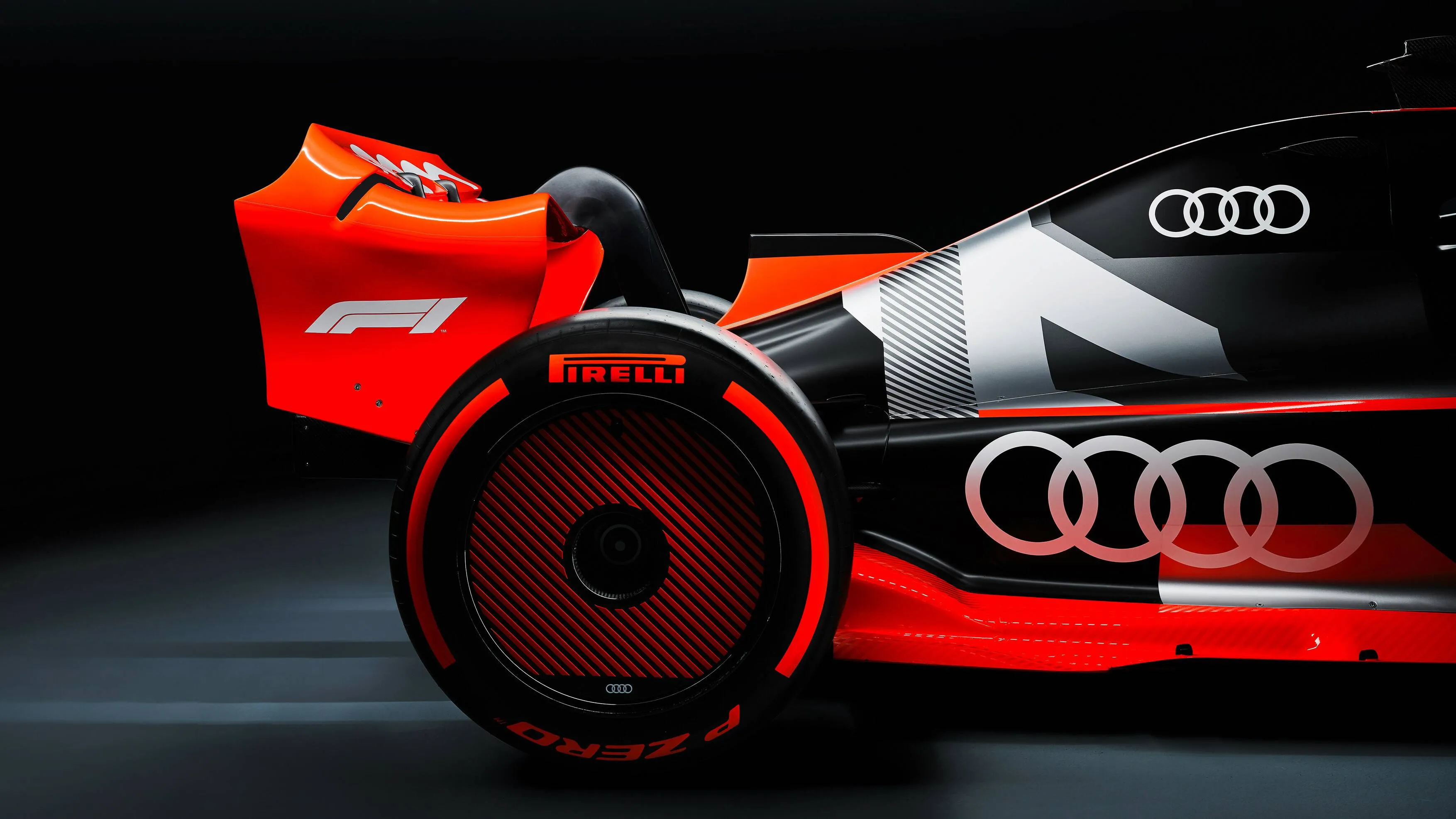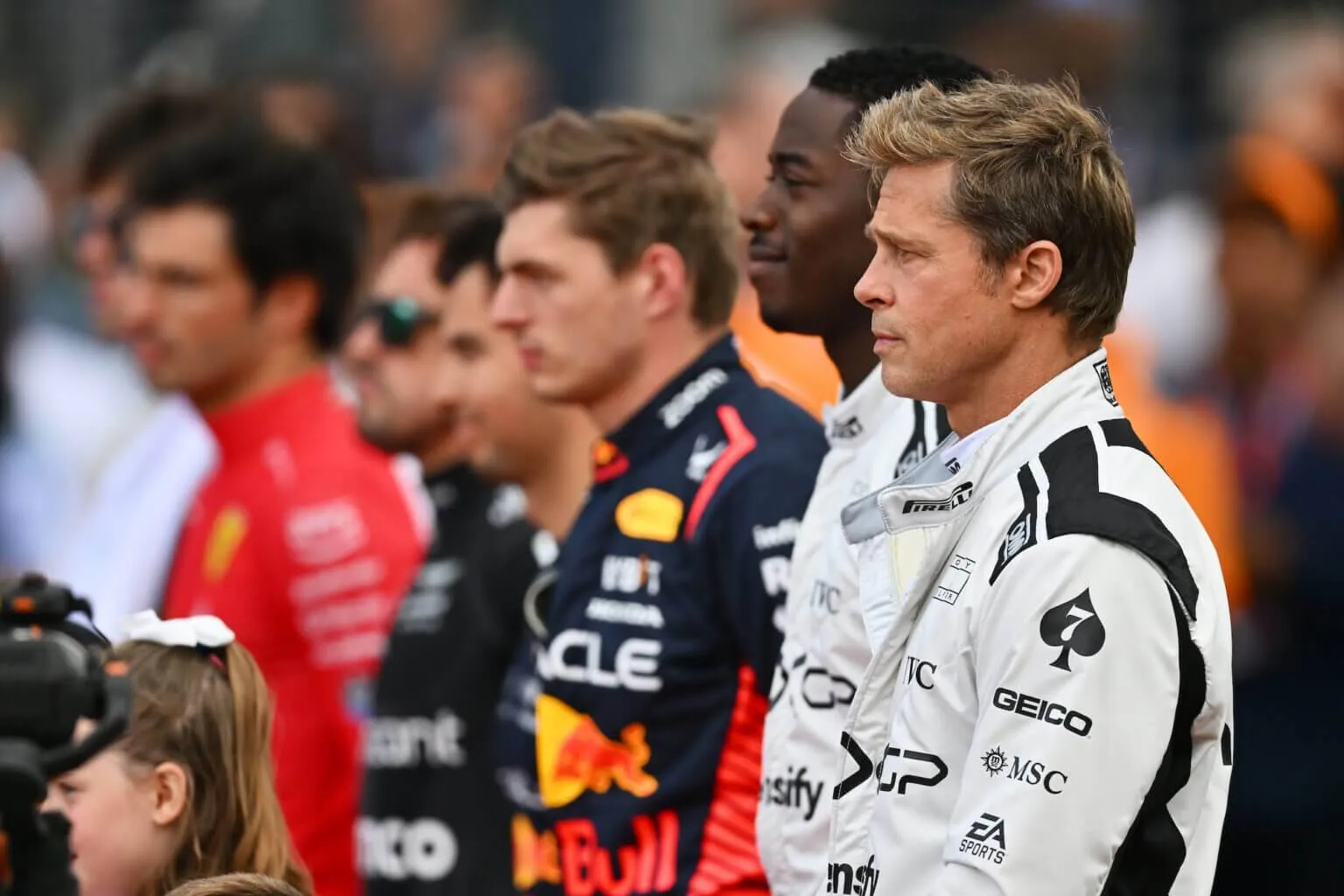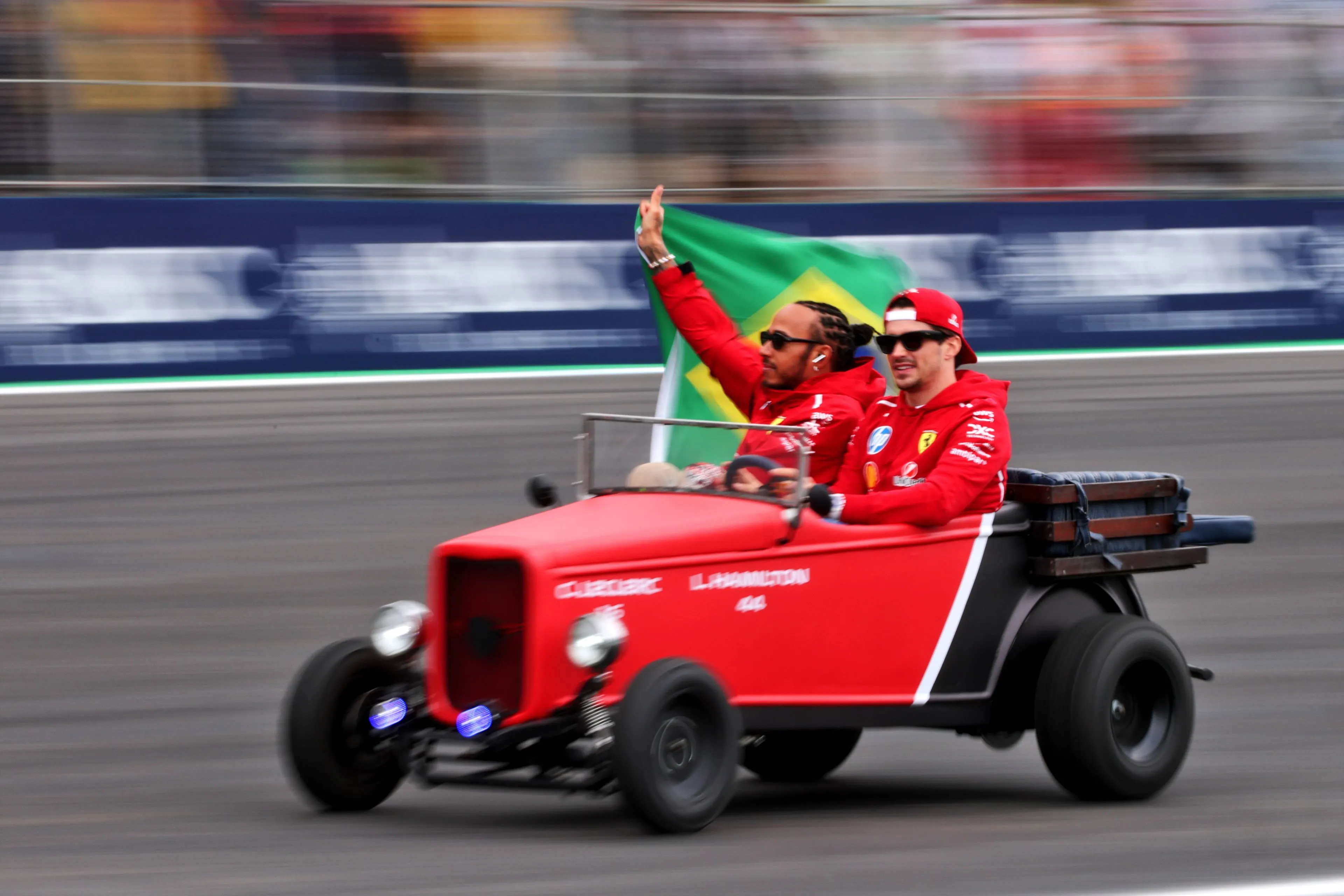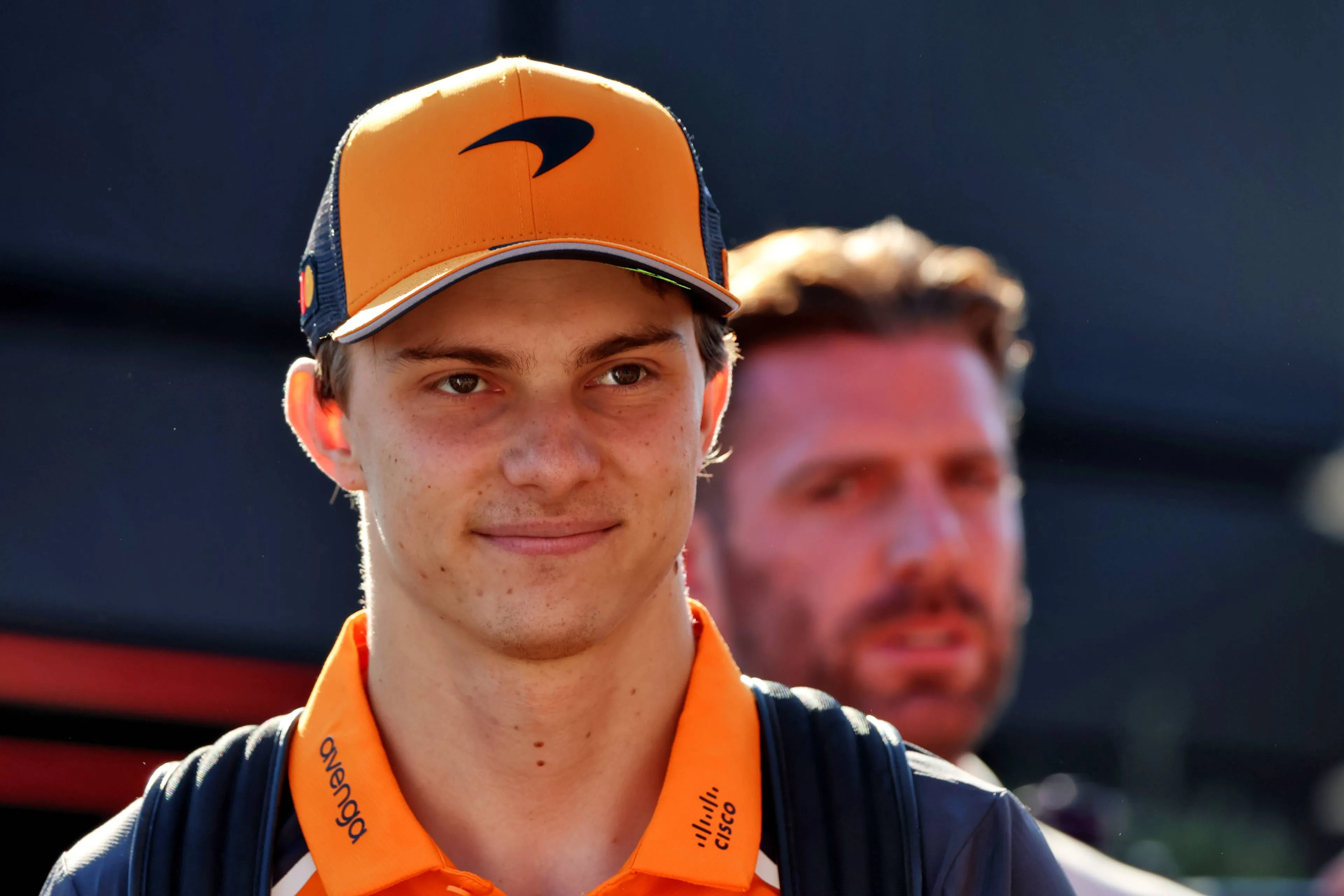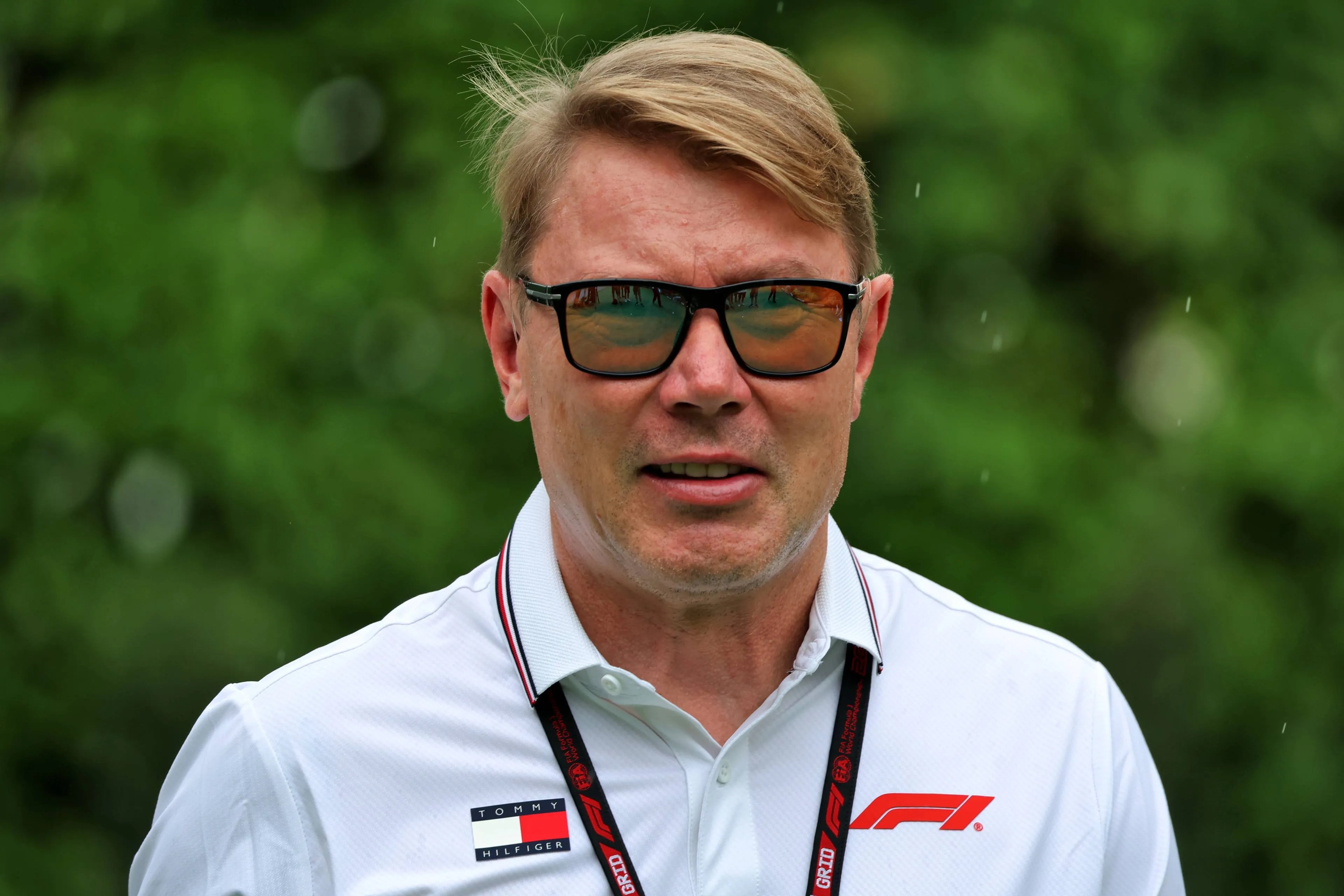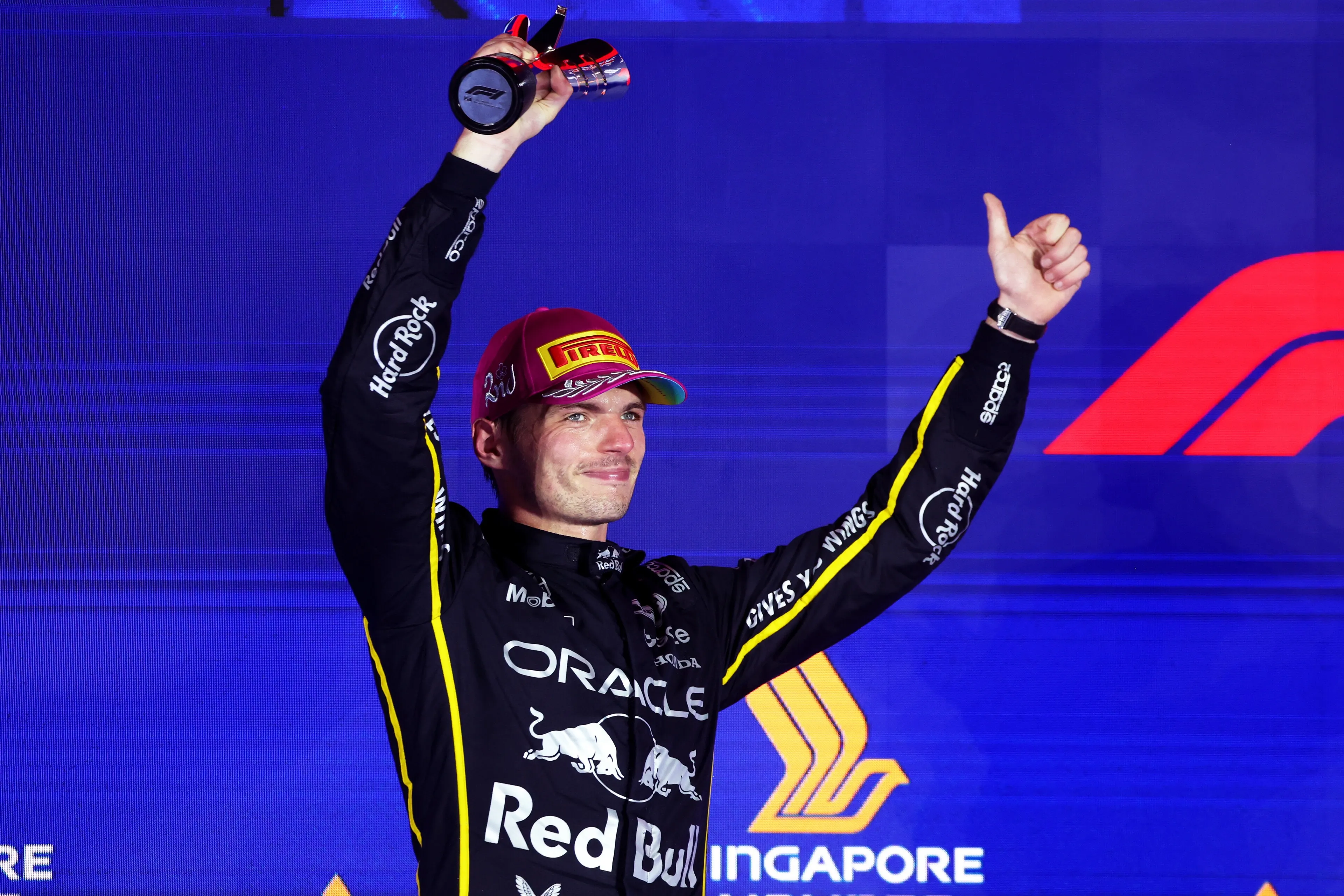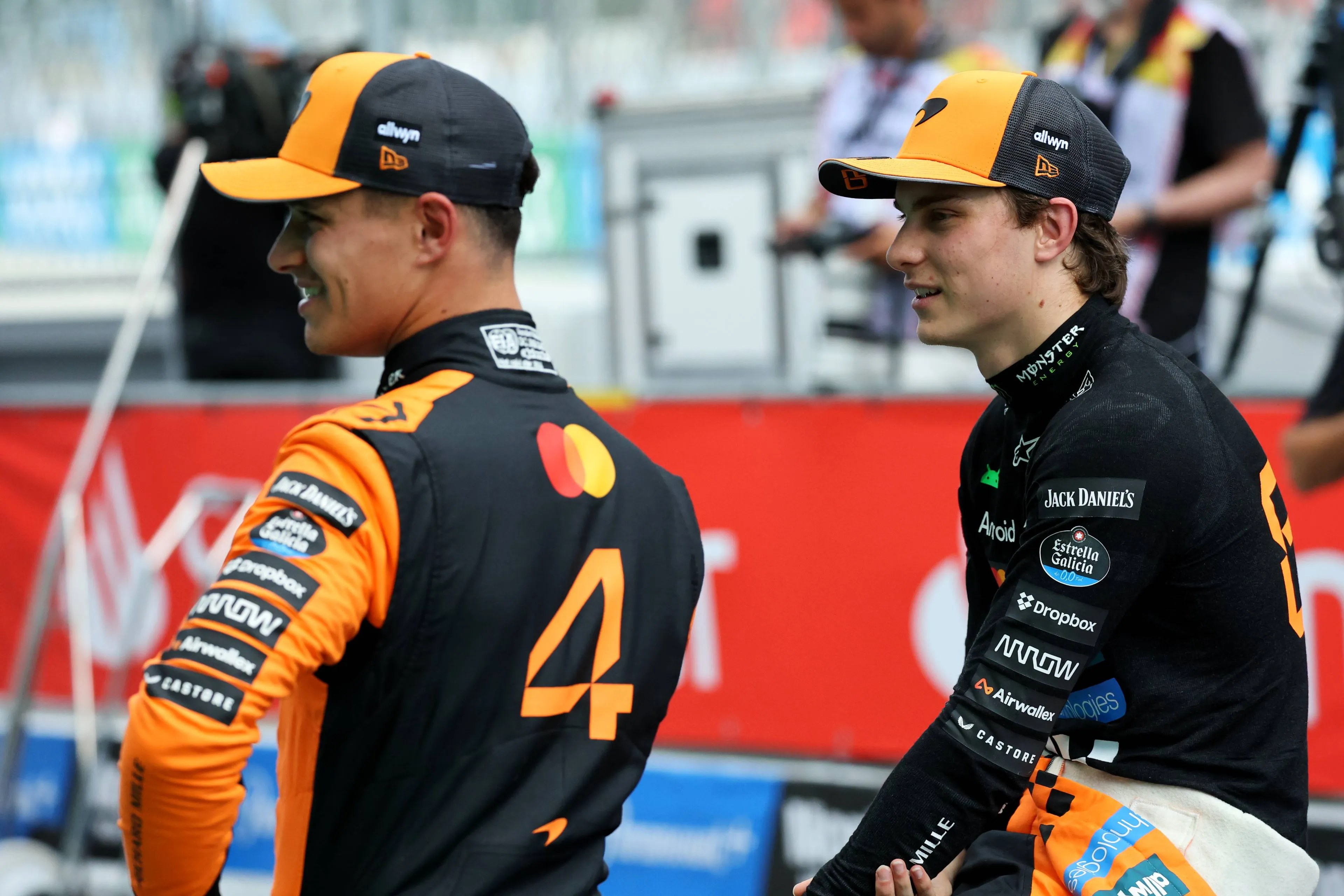
Photo: Race Pictures
Malaysian GP Return “Not Impossible” Despite Government Rejection
11:13, 18 Nov
Updated: 13:10, 18 Nov
0 Comments
Despite refusal from the government to financially support the Malaysian Grand Prix, the Sepang International Circuit has not ruled out a potential return to Far East Asia.
"I'm pretty sure Formula 1 will come back someday."- Sepang CEO, Azhan Shafriman Hanif
2017 was the last time the F1 circus travelled to Malaysia, shortly after Liberty Media took over Formula 1, which has seen record attendences at Grands Prix and active work with promoters to improve the financial viability of each race weekend.
Despite Sepang's management branding the plug-pulling of the Malaysian Grand Prix a "mistake", the government made it clear that it would not provide any funding to revive the event, with Liberty Media reportedly quoting a rought $70 million hosting fee
“I'm pretty sure Formula 1 will come back someday, but not now,” Sepang CEO Azhan Shafriman Hanif explained to Autosport.

Max Verstappen, Lewis Hamilton and Daniel Ricciardo were the podium finishers at the 2017 Malaysian Grand Prix - Photo: Race Pictures
“I think the government's effort right now is solely focusing on what the public needs rather than spending millions of dollars and ringgit to pay for Formula 1.
“But I do believe with the right support from corporate in the future and so on, maybe we can bring it back. But at the moment, it's a no for us. But I do hope Formula 1 comes back one day.”
“I wouldn't say it's impossible," continued Shafriman when asked about Sepang hosting a race without government funding. "We just need to find the right partner to come in. But of course, when they pay high money, assets and so on, what do they get back in return?
"Those are the things that we need to consider, and we need to discuss further. But then again, if ever Formula 1 were to come back, we are ready to host. And hopefully, the government won't be burdened by the rights fee.”
Read also
Fierce competition for new races on the calendar
Several moments in F1 history have taken place in Malaysia, including the iconic 'Multi-21' incident between Red Bull drivers Sebastian Vettel and Mark Webber, along with Lewis Hamilton's engine failure at Turn 1 in 2016.
Places on the F1 calendar are set to open up after the 2026 season, with the Dutch Grand Prix at Zandvoort leaving after next season, while the Belgian Grand Prix at Spa-Francorchamps will be rotated after 2026, meaning 2028 and 2030 will see spaces opening up.
However, several other countries are throwing their hats into the ring, including Rwanda and Argentina, while the government in Thailand have set aside $1.2 billion for a street race in Bangkok, highlighting the fierce calendar competition.

Lewis Hamilton's engine failure at the 2016 Malaysian Grand Prix - Photo: Race Pictures
“There's a lot of competition out there," stated Shafriman. "We are not the only ones who are pursuing Formula 1. There are other countries that are queuing up and everything,” he admitted. “If you see all the other circuits in the world, they are reinventing themselves. They are doing new things.
“But in terms of the homologation of the track, in terms of the facilities that we have here, we just need to tweak a little bit here and there so that we can prepare for the event itself.”
“At the moment, our main goal and our main aim is to continue hosting MotoGP in the future. And hopefully, the other international races will come over apart from having MotoGP here.”
GPblog's latest F1 Paddock Update
Want to stay up-to-date with what happens in the F1 paddock? Then GPblog's F1 Paddock Update video is the perfect way to do it. Subscribe to GPblog's YouTube channel and turn on notifications to never miss the latest episodes.
Read more about:
Rumors
Popular on GPBlog

1
2025 Las Vegas Grand Prix: start time and full schedule
11432 times read
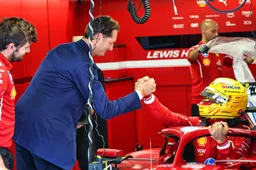
2
Ferrari executive Elkann handed advice amid Hamilton and Leclerc criticism
2143 times read
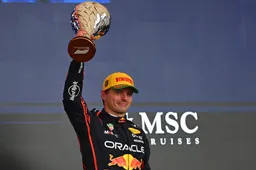
3
F1 champion thinks Verstappen can 'complete most impressive win ever'
1377 times read

4
Williams reveals bold new livery for the Las Vegas GP
895 times read
Loading

